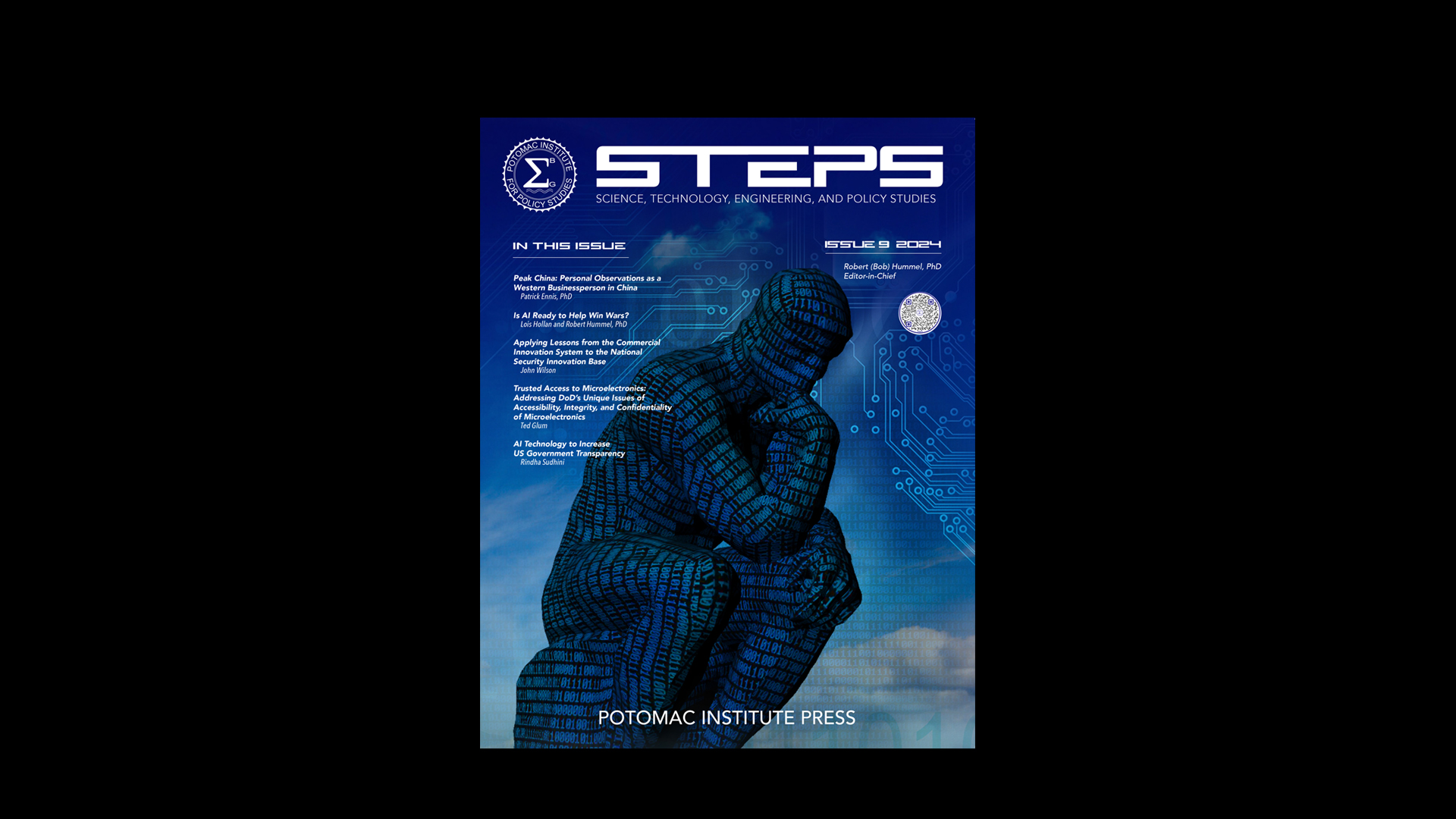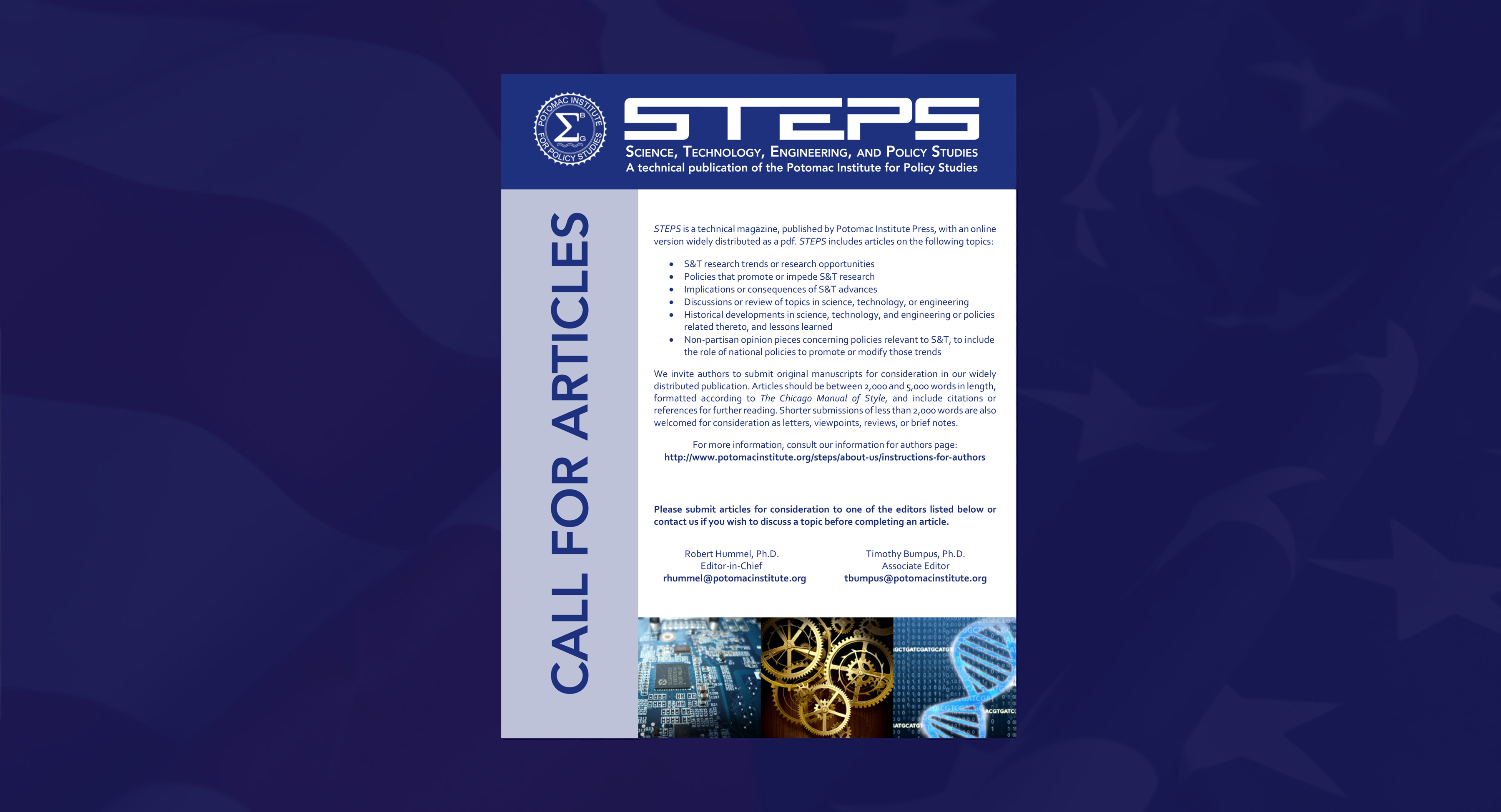The Challenges and Opportunities of Strategic Messaging in Societal Level Competition
Curtis Pearson
Email: This email address is being protected from spambots. You need JavaScript enabled to view it.
As we look at the United States’ societal level engagement in global competition, we need to carefully consider strategic communications, that is, the narrative we are trying to construct, and how it is being perceived and processed by our competitors and allies.
Introduction
Developing a strategic messaging campaign that provides a plan for constructing and articulating a narrative of the US position in a clear and consistent way is crucial to US success in global competition. In today’s world of rapid and unconstrained communication, we cannot afford for our competitors or allies to receive an unintended variation or the opposite of an intended message because we failed to develop a reasoned approach to communicating on the global stage or account for the cultural filters and experiences of the audience.
The lack of clear and most important – consistent messaging will put the US at a distinct disadvantage in the global landscape and drive unintended outcomes and events. This idea involves reshaping not only the external message, but also the conversations we have with ourselves a nation.
Background and Examples
I will be focusing on the Peoples Republic of China in my examples because it is where I have the most experience, having done business in China and with companies owned by the PLA. However, the elements of creating a strategic narrative are the same regardless of who we are trying to communicate with, it is the filters, experiences, and motivations of the audiences that change.
There was an extensive study[1] conducted for the DOD in 2013 that focused on Chinese decision making and decision makers in relation to space. What it showed was that through our public and private communications, which were intended to convince the Chinese not weaponize space, had the exact opposite effect. It pushed them into believing they needed to accelerate their programs and to view the US as untrustworthy because of what they saw as contradictory messages. The reason, the study concluded, that this happened was our messaging did not take into account the background and experiences of the decision makers we were trying to influence or how they, from a Chinese perspective, would interpret and analyze our statements and actions.
In 1990’s the US decided to send China a message of support for Taiwan and our uncontested control of the seas by running a carrier through the Taiwan Straits. The intention of this event had the exact opposite effect. Failing to take into account the mainland Chinese emotional and historical connection to the island of Taiwan Province (as they call it). Instead of backing off the PLA increased their exercises and “test firings” of missiles into the straits to influence the Taiwanese elections. One can also make a direct link between the carrier event and the acceleration and deployment of the DF 2X missile programs, which have significantly complicated the US ability to operate freely within tactical ranges of the Taiwan and the Chinese coasts.
Without a doubt, China is an adversary, and likely, the one with the greatest potential to result in armed conflict. As a nation we need to be prepared to fight and win that conflict should it occur, but we also need to work to avoid it.
The US has taken a decidedly aggressive posture in how it talks about China in official publications. Take for example, the 2018 NDS for example which uses the following language WRT to China, “predatory economic practices to intimidate its neighbors while militarizing features in the South China Sea.”[2]
The 2021 Interim National Security Strategy Guidance speaks of our “Growing rivalry with China” and calls them “the only competitor capable of potentially combining it’s economic, diplomatic, military, and technological power to mount a sustained challenge to a stable and open international system[3]”
It is difficult to find fault with either of these statements, however, given the weight they carry by being in these two documents, we need to consider how the Chinese would view and react to them.
What we refer to as “predatory economic practices” might to a Chinese viewer, look a lot like the US play book before and during the Cold War. How many countries allied themselves with the US in the Cold War based on the promise of investment and access to US markets? How is that then different from the Chinese investing $4B in Ghanaian infrastructure (with a GDP of $74B) in return for exclusive access to strategic materials? From a percentage of GDP standpoint, that is the equivalent of fully funding the infrastructure bill currently under consideration in congress. Predatory practice or sound strategic maneuvering depends on which side of the fence you sit.
China’s viewpoint on what we call “militarization of the South China Seas” is to them part of their self-appointed role in supporting regional safety and security. No different than US basing in Guam, Diego Garcia, or Okinawa. This also provides another example of unintended consequences of how we have messaged our actions. In the last two decades The US Navy has made several “Freedom of Navigation” transits in the South China Sea. Failure to take the right actions during these transits and failure of a consistent parallel messaging scheme has resulted in these passages being viewed as “Innocent Passage”[4] which strengthens the Chinese claim to sovereignty along the 9-dash line.
One instance of how we can avoid it is by changing the language and focus of the conversation we are having as a country.
Referring back to the NSS guidance, a message that talks about engaging China effectively as a member of the international community and recognizing the deep and broad interconnections of our economies could be much more effective than having your primary national strategy statement accuse them of trying to destabilize the entire international system.
China for the last few decades has been the favorite bogeyman for both political parties. We continue to paint China as the bad guy in an “us versus them” world. What we fail to recognize is that we can treat China as a both a fierce competitor and a friend rather than just a competitor and adversary.
This is not to suggest that the US does not push back on our global competitors’ critical issues such the Ukrainian independence, the South China Sea, human rights, or access to strategic resources. There are ways to push even harder and more effectively, by taking a subtler, coordinated, strategic approach. We must also recognize that we are facing Global competitors that view the world through different filters than the US. In many cases, such as China, they are comfortable working in a state of tension between competition and partnering. The US can use this to just advantage, defusing the open tensions with our competitors and looking less like the aggressor, while still preparing for potential military conflict.
A coherent, consistent strategic narrative and messaging campaign will also be necessary to combat adversarial use of perception management and strategic deception.
The Chinese have historically made considerable use of strategic deception and perception management. A 2009 study prepared for the US-China Economic and Security Review Commission points out that, “if China can discern its competitor’s thought process through intelligence and guide it through deception and perception management, then it stands to reap considerable benefits as it pursues its own goals on domestic and international fronts.”[5] This certainly calls into question how we should view China’s actions and messages for example the ASAT demonstration in the last decade. Was this just a demonstration of capability, a deception mask of their true capacity in space weaponization, or a message on how the US has forced the peace loving Chinse government to weaponize space? Perhaps some combination of the three. Regardless, The US needs to be considering these issues, understand their purpose and objectives, and use them to inform our own strategic messaging and counter messaging as these events occur.
These are examples based primarily on one competitor, but the approach to engagement and messaging is the same, regardless of whether we are talking about China, Russia, or our allies. The lack of a stable strategic narrative puts us at risk of alienating our allies and driving our competitors into a more aggressive and unintended response to our actions in furthering our national objectives.
Challenges
While there are multiple challenges associated with creating an enduring, effective strategic narrative at the global level, the two most significant are consistency over time and clarity from an audience perspective.
Consistency may be the most difficult aspect in maintaining a coherent messaging campaign that does not make the US look as if it is changing its message or suddenly giving a counter message that will cause confusion and distrust among our adversaries and allies. What makes this aspect so challenging is the tectonic shifts that happen every 2 to 4 years in Washington. Our adversaries tend to think in much longer cycles and in the cases of Russia and China don’t have to deal with the disruption of free elections changing senior leadership. If the US is to succeed it must establish a clear messaging campaign that can survive the assured changes in congressional and executive leadership. The strategic objectives and messages established must be non-partisan in nature if they will survive these inevitable shifts in leadership.
Clarity is a matter of understanding the audience and crafting the communications in such a way that the message maintains coherency after it passes through the cultural and experiential filters of the intended audience. This requires a clear and in depth understanding of not only who the intended recipient is, but how their filters and experiences will impact their perception of the meaning behind the message. Xi Jinping and Vladimir Putin have very different cultures and perspectives, how they process the US messaging will be different and that must be considered. The same can be said for the wider audience of the citizens of their nations. The US must understand who the target audience is and how to best influence that audience. We must also engage the right kinds of expertise in crafting the most effective messages to influence the intended audience.
Conclusion
For the country to be successful in this fast-paced societal level global competition, need to create the narrative that best supports the US position in the Global Commons The first step in the process is developing a common understanding of our national objectives. What are the goals? What does success look like? What is the future state nation is trying to achieve?
Once these objectives have been established, defining a program and path forward must be developed along the lines of:
- Defining and analyzing the target audience, both as groups and individuals
- Defining the messages that are most likely to influence them, considering how they will perceive and interpret those messages
- Develop the methodology and put in place the feedback mechanism to determine the effectiveness of the strategic messaging
- Develop the communications pathways best suited to engaging target the audiences
- Measure and analyze the messaging efforts and adapt the tactical and operational level actions as it progresses and the global situation changes
This effort will require the involvement of some nontraditional expertise in developing and executing messaging campaigns.
An uncomplicated narrative that supports these goals needs to be developed in strictly nonpartisan way such that they can survive changes in administration and congressional balance.
This strategic narrative can also help to support the conversation within the nation as social media virtuosos’ expertise whip saws from medical, to national security, to constitutional law and back again as national conversations change topics.
The US must be consistent in maintaining and controlling that narrative at home and abroad, including being prepared to combat the inexorable disinformation that will across the numerous communications pathways that exist in today’s digital world. Unfortunately, mis-information seems to travel at the same speed, but higher volume than facts.
As a nation we need an aggressively non-partisan strategic communications campaign that supports The US desired future position on the world stage while allowing the country to be well prepared to deal with the inevitable conflicts whether diplomatic, economic, or military.
----------------------------
The Challenges and Opportunities of Strategic Messaging in Societal Level Competition
Curtis Pearson
Email: This email address is being protected from spambots. You need JavaScript enabled to view it.
[1] Phase One Communications Inc. (2012), “China’s Space Program: Decision-Makers & Decision-Making”
[2] US Department of Defense, (November 2018) “Summary of the National Defense Strategy of The Unites States of America”
[3] The White House, ( March 2021) “Interim National Security Strategic Guidance”
[4] United Nations, UN Convention on Law of the Sea, Section 3 , https://www.un.org/Depts/los/convention_agreements/texts/unclos/UNCLOS-TOC.htm
[5] Anderson, E.C., Engstrom, J.G. “China’s Use of Perception Management and Strategic Deception Commission”, US-China Economic and Security Review Commission (November 2009)

















